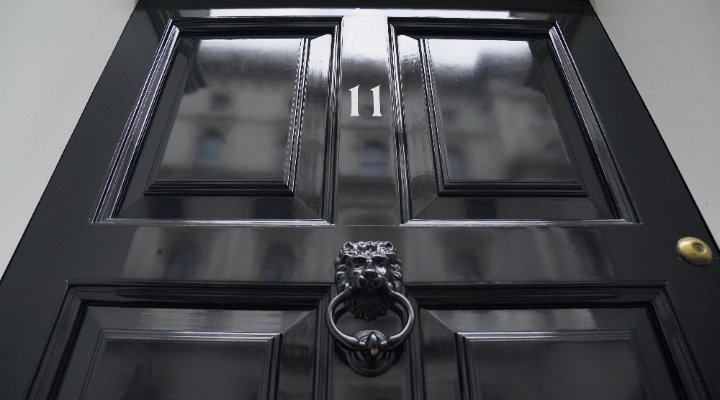New figures published by HM Revenue & Customs show that the Government’s Help to Buy ISA has enabled 62,528 first time buyers get onto the property ladder.
This is the number of savers who have used these savings to complete on a property sale, since the scheme was launched in December 2015. The figures cover the period up to the end of March 2017.
The Government will pay a 25% top-up to the funds saved through a Help to Buy ISA – up to a maximum of £3,000. According to HMRC figures, the Government has paid a total of £54 million through these bonus payments.
However, as the average bonus value is just £625, this would indicate that the majority of people aren’t saving the maximum £12,000 into these schemes.
These government bonuses payments are only paid when the property sale completes, so these figures do not show how many people are saving into Help to Buy ISAs.
The HMRC figures show the average age of the first-time buyer using this scheme is 27. This is lower than the national age of a first-time buyer, which is 30. This would suggest that either the scheme is helping people buy a property earlier, or is being used by wealthier first-time buyers, who may also have access to help from ‘the Bank of Mum and Dad’.
Will Lifetime ISA Prove More Popular?
While the Help to Buy ISA has proved popular, it has been superseded by the Lifetime ISA, which launched in April this year. Existing Help to Buy savers, who have yet to get on the property ladder can transfer existing savings into a Lifetime ISA.
The Lifetime ISA also give savers a 25% top up on their savings, but the main advantage is that there are more generous savings allowances, meaning savers can qualify for larger bonus payments.
First-time buyers can save a maximum of £2,400 a year into a Lifetime ISA, up to a maximum of £12,000 altogether. But with a Lifetime ISA they can contribute £4,000 a year. If you can afford to save more than it makes sense to take up the Lifetime ISA as you’ll get more back from the Government.
In addition, these bonus payments are made annually on a Lifetime ISA, so savers can earn interest on these bonuses; with Help to Buy the bonus is only paid when the house sale goes through.
While Help to Buy ISAs only offer the option of saving in cash, Lifetime ISAs also offer the option to invest instead. Lifetime ISAs can be used to buy more expensive homes. The Help to Buy ISA can only be used to purchase property worth up to £250,000 – or £450,000 in London; whereas savings made through a Lifetime ISA can be used to purchase a first-time home worth up to £450,000.
The one drawback of the Lifetime ISA is there are penalties to pay if you don’t use the saving to buy a home, or save towards retirement. With a Help to Buy you won’t get the bonus if you withdraw funds for other reasons but there is no further penalty to pay.
Remember both of these are ‘per person’ schemes: so if you and your partner are saving for a home you can both open an ISA and effectively double up the help available from the Government.
Danny Cox, a chartered financial planner at Hargreaves Lansdown said: “Help to Buy is proving to be a popular warm up act for the Lifetime ISA, reducing the time it takes for first time buyers to take that all-important step onto the property ladder.
“Transferring a Help to Buy ISA to a Lifetime ISA makes sense for all but those who are planning to buy over the next 12 months, as the Lifetime ISA has higher contribution limits and for those who have time on their side, offers the option to invest to beat cash returns”
Unlike Help to Buy ISAs, Lifetime ISAs also offer the option of longer term saving. However, savers should remember that they are limited to how they use these funds. If they are not used to get on the property ladder, then money saved is tied up until your 60th birthday.




























